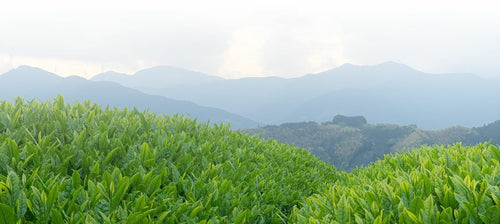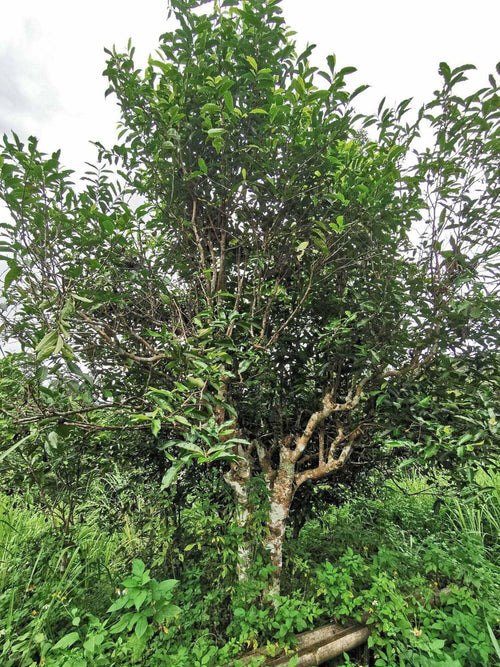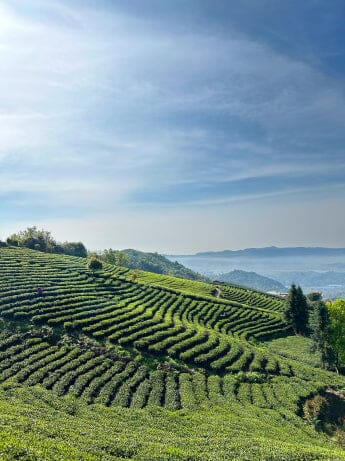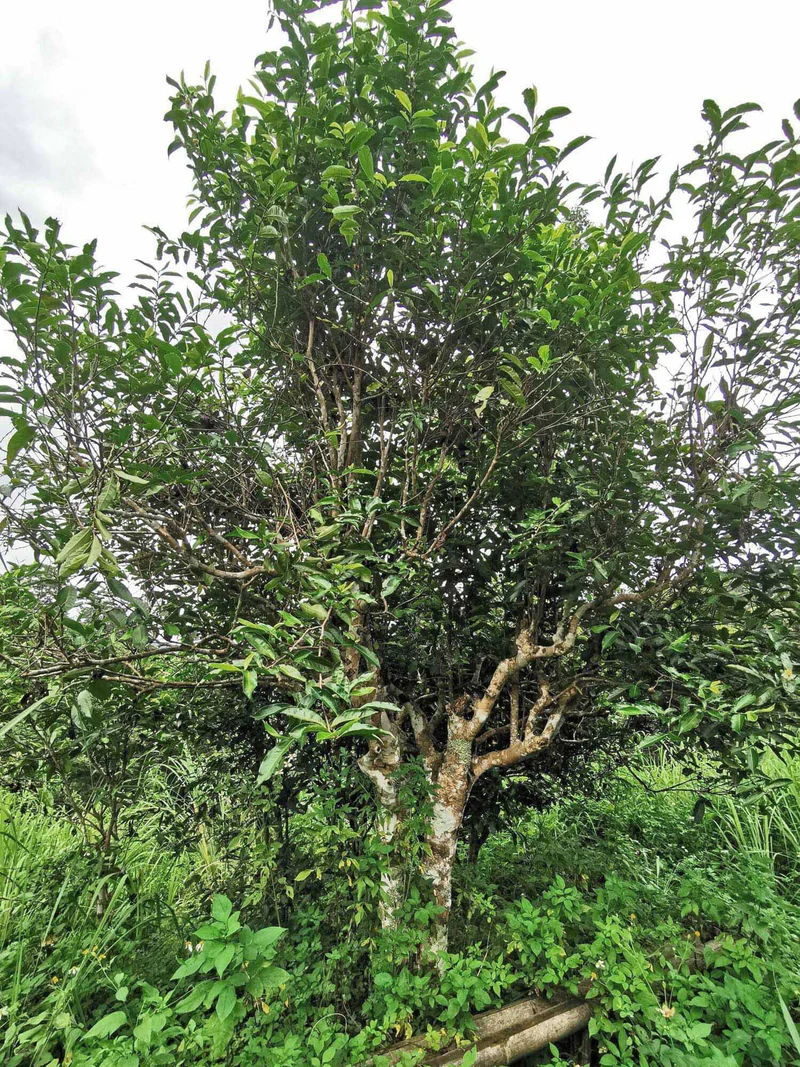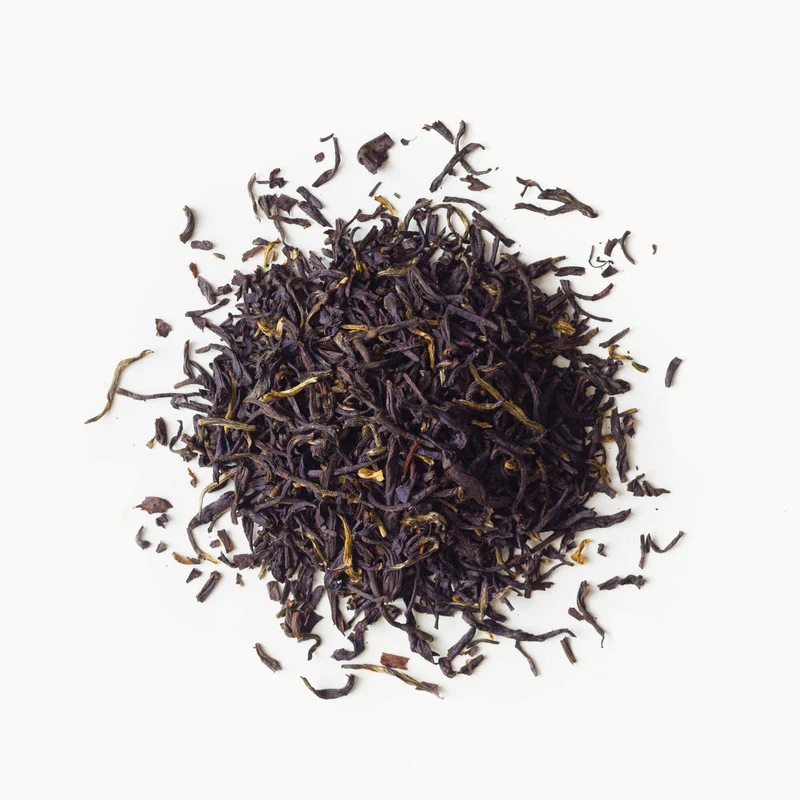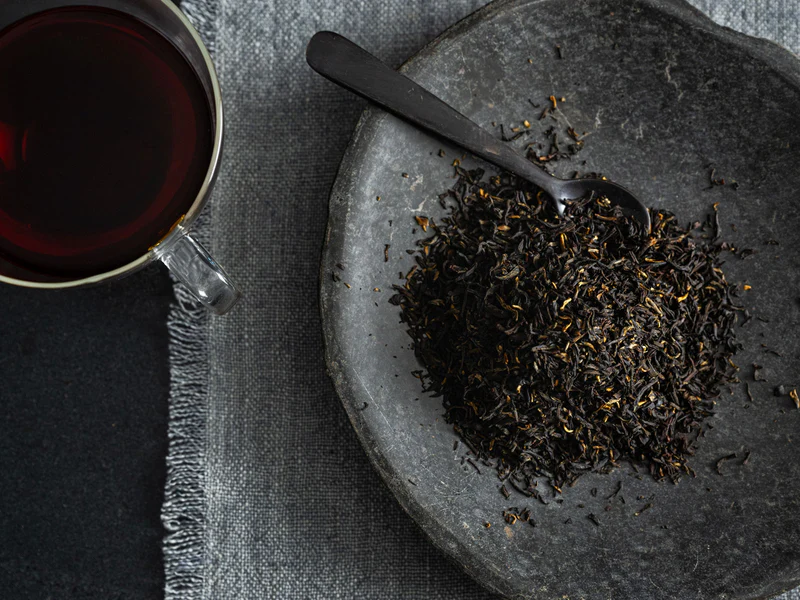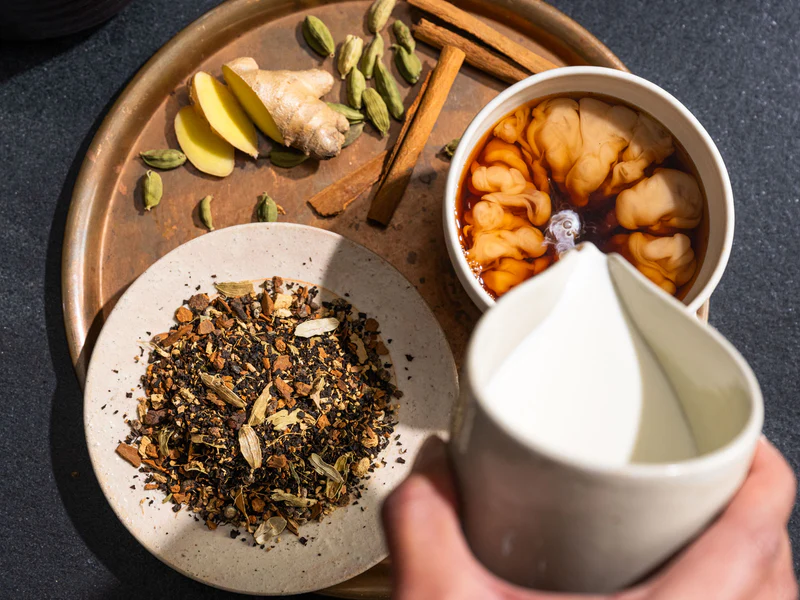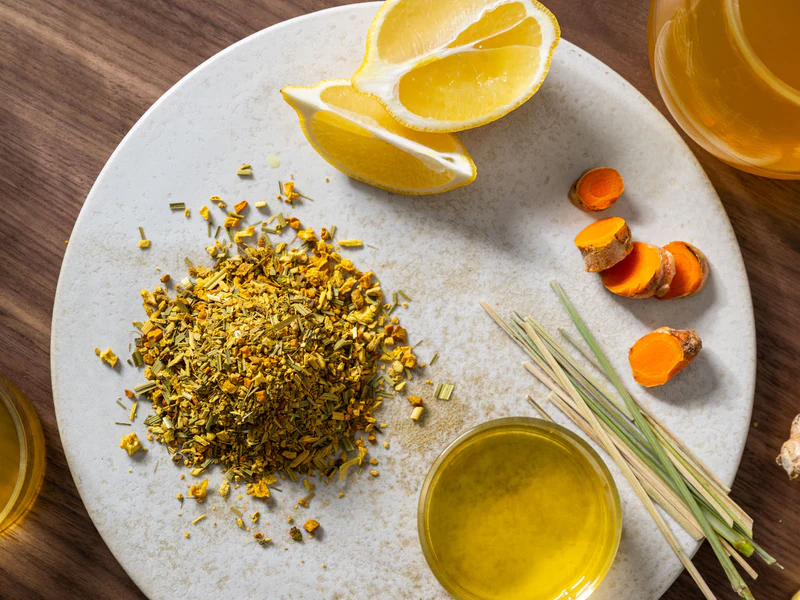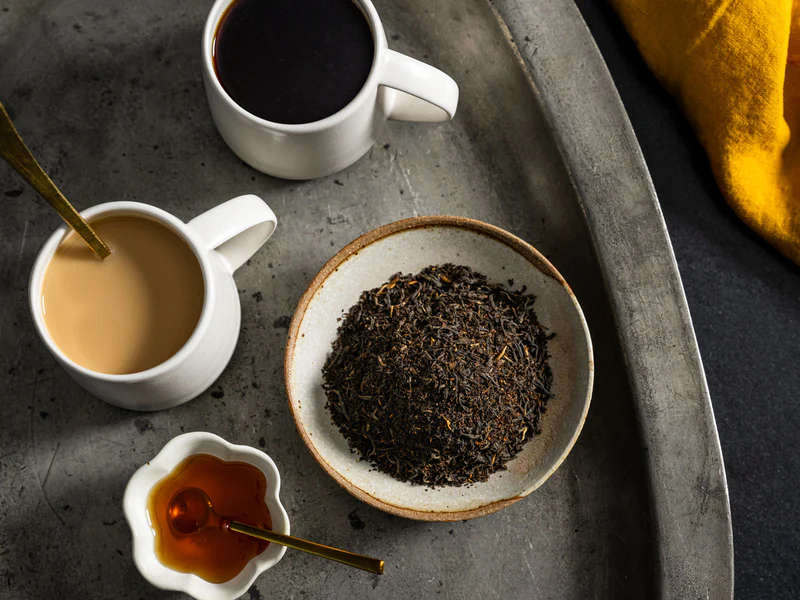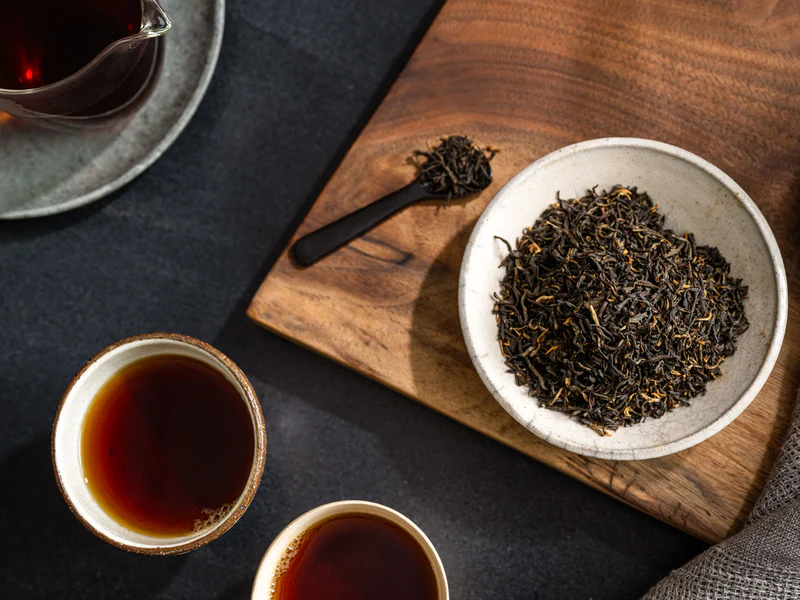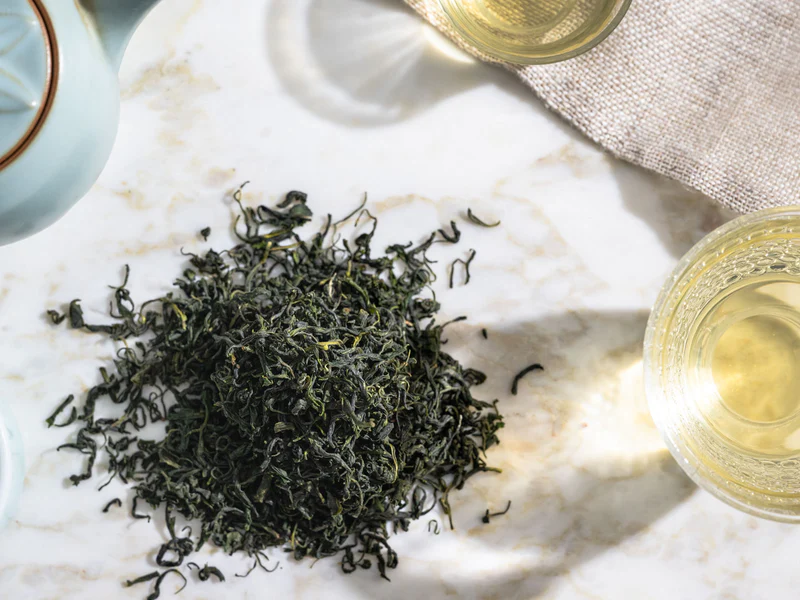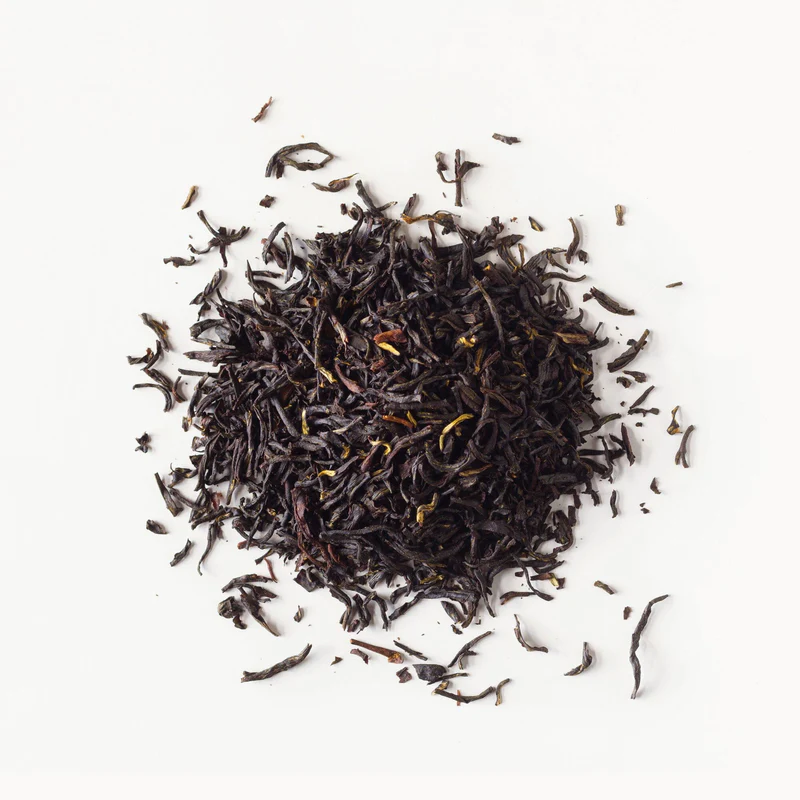The tea region of Zhenghe, also located in the Fujian province of China, holds significant importance in the production and original development of traditional white tea. Zhenghe is known as the birthplace of white tea, where the first historical production of white tea took place sometime in the 18th Century. The region's unique terroir, local white tea bush cultivars, and artisanal traditions have contributed to the distinct characteristics of Zhenghe White tea.
The terroir of Zhenghe plays a crucial role in the cultivation of white tea. The region experiences a combination of mountainous terrain, misty climate, and fertile soil, which together create favorable conditions for tea cultivation. The high elevation and cool temperatures contribute to the slow growth of tea bushes, allowing the leaves to develop unique flavors and aromas.
The local white tea bush cultivars in Zhenghe, such as Fuding Da Hao and Fuding Da Bai, are similar to those in Fuding. However, slight variations in growing conditions and cultivation techniques have led to subtle differences in the flavor profiles of the teas produced in Zhenghe. These variations contribute to the distinct characteristics of Zhenghe White tea.
Artisanal traditions of white tea craftsmanship in Zhenghe have been passed down through generations. The tea leaves are hand-plucked, focusing on the bud and one or two leaves. After plucking, the leaves undergo a withering process, where they are spread out to dry naturally, allowing for slight oxidation. This oxidation process is shorter than that used in other tea types, such as oolong or black tea, resulting in the unique flavors and aromas of white tea. The withering conditions for authentic Zhenghe white tea are considered ambient withering where the tea leaves slowly oxidize over a longer duration when compared to the white teas from Fuding which are oxidized in what is considered an “ aided withering “ stage where the withering rooms is slightly heated and air is flown with circulation fans and special tactics . Although the white teas of both Zhenghe and Fujian are similar, this basic difference in withering and the differing terroirs of each area nurture differentiated white teas of high pedigree and originality.
The best harvest season for white tea in Zhenghe is typically in early spring, similar to Fuding. During this time, the tea bushes are rich in tender buds and leaves, which are carefully selected for tea production. The early spring harvest is highly regarded as it produces white teas with the most delicate flavors and aromas.
Zhenghe White tea includes two key types: Bai Hao Yin Zhen (Silver Needle) and Bai Mu Dan (White Peony), similar to Fuding. Bai Hao Yin Zhen is made solely from tea buds and is known for its silver-white appearance, delicate texture, and subtle sweetness. Bai Mu Dan, on the other hand, is made from both buds and leaves, offering a slightly fuller body and a more pronounced flavor profile.
While the production of Zhenghe White tea shares similarities with Fuding, there are distinguishing factors. The primary difference lies in the oxidation process. In Zhenghe, the tea leaves undergo a shorter oxidation period compared to Fuding, resulting in a fresher and more delicate flavor profile. Additionally, the unique terroir of Zhenghe contributes to the specific nuances found in the teas produced there.
In conclusion, the tea region of Zhenghe in Fujian, China, holds historical significance in the production and original development of traditional white tea. Its unique terroir, local white tea bush cultivars, and artisanal traditions have shaped the distinct characteristics of Zhenghe White tea. The best harvest season in early spring yields teas like Bai Hao Yin Zhen and Bai Mu Dan, each with its own unique flavor profile. While the production methods in Zhenghe and Fuding share similarities, the oxidation process and terroir differences contribute to the distinct qualities found in Zhenghe White tea.

